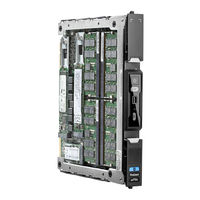Hewlett Packard Enterprise ProLiant m710x Manuals
Manuals and User Guides for Hewlett Packard Enterprise ProLiant m710x. We have 1 Hewlett Packard Enterprise ProLiant m710x manual available for free PDF download: User Manual
Hewlett Packard Enterprise ProLiant m710x User Manual (125 pages)
Server Blades in Edgeline Systems
Brand: Hewlett Packard Enterprise
|
Category: Server
|
Size: 0 MB
Table of Contents
Advertisement
Advertisement
Related Products
- Hewlett Packard Enterprise ProLiant ML350p Gen8
- Hewlett Packard Enterprise ProLiant m510
- Hewlett Packard Enterprise ProLiant m710x-L
- Hewlett Packard Enterprise HPE ProLiant ML110 Gen10
- Hewlett Packard Enterprise ProLiant ML350 Gen10
- Hewlett Packard Enterprise ProLiant DL160 Gen9
- Hewlett Packard Enterprise ProLiant BL460c Gen10
- Hewlett Packard Enterprise ProLiant DL20 Gen10
- Hewlett Packard Enterprise ProLiant XL190r Gen10
- Hewlett Packard Enterprise ProLiant MicroServer Gen10 Plus
